The largest archaeological site in the world, in July 2019 Bagan finally became a UNESCO world heritage site 24 years after it was first put forward for the title. According to a 2017 architectural survey, Bagan is home to 3,822 Buddhist monuments (temples, monasteries, pagodas and such), the majority of which date back to the 11th to 13th centuries. All this set over 100 square kilometres of dust roads, palm trees and sand. It’s not an exaggeration to say that stepping foot in Bagan is like stepping foot on another planet.
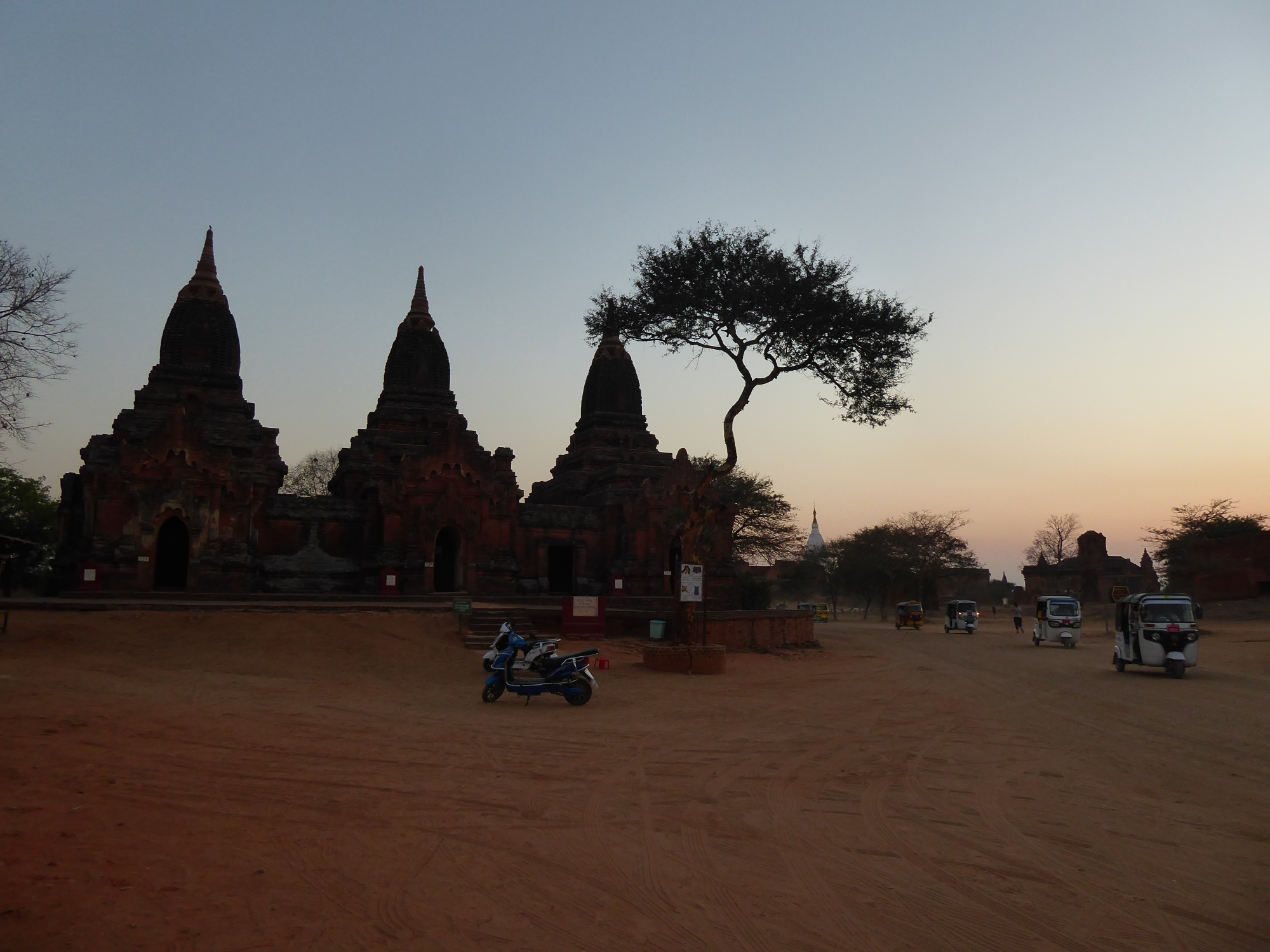
And yet on a global scale, the tourism industry in Bagan remains relatively untapped. Compared with approximately 3 million annual visitors to Cambodia’s Angkor Wat, Bagan only sees around 10% this amount of footfall. This is largely down to Myanmar’s history of human rights violations and the fact that tourism has only really been possible in the country since the 1990’s. Without going into too much detail, Myanmar has been under military rule for several decades. Forced labour, political prisoners and even ethnic cleansing have all been reported in recent years (Google the Rohingya Atrocities if you want to know more, it’s harrowing stuff). For the majority of citizens though, life goes on and there always appears to be a great sense of community among locals.

After several decades of military rule, in 2015 the Myanmar general elections were won by the Burmese democratic party for the first time. While this is a step in the right direction, the Burmese military still have a strong presence in politics and tourism remains discouraged by many Western countries and advocacy groups. Despite this, we felt that being off the beaten path was part of what made Myanmar worthwhile visiting. And with an income gap around the worst in the world, hopefully we’ve been able to support some locals during our time here as well, if only in a small way. It’s been a privilege to be allowed into their places of worship.

As we were driven from Nyaung-U airport to our accommodation in New Bagan, the view from the car window was just temple after temple after temple. Once at the hotel, our driver offered to wait around for us to drop our bags, then take us to a viewing point to watch the sunset for a couple of quid extra. Money well spent!
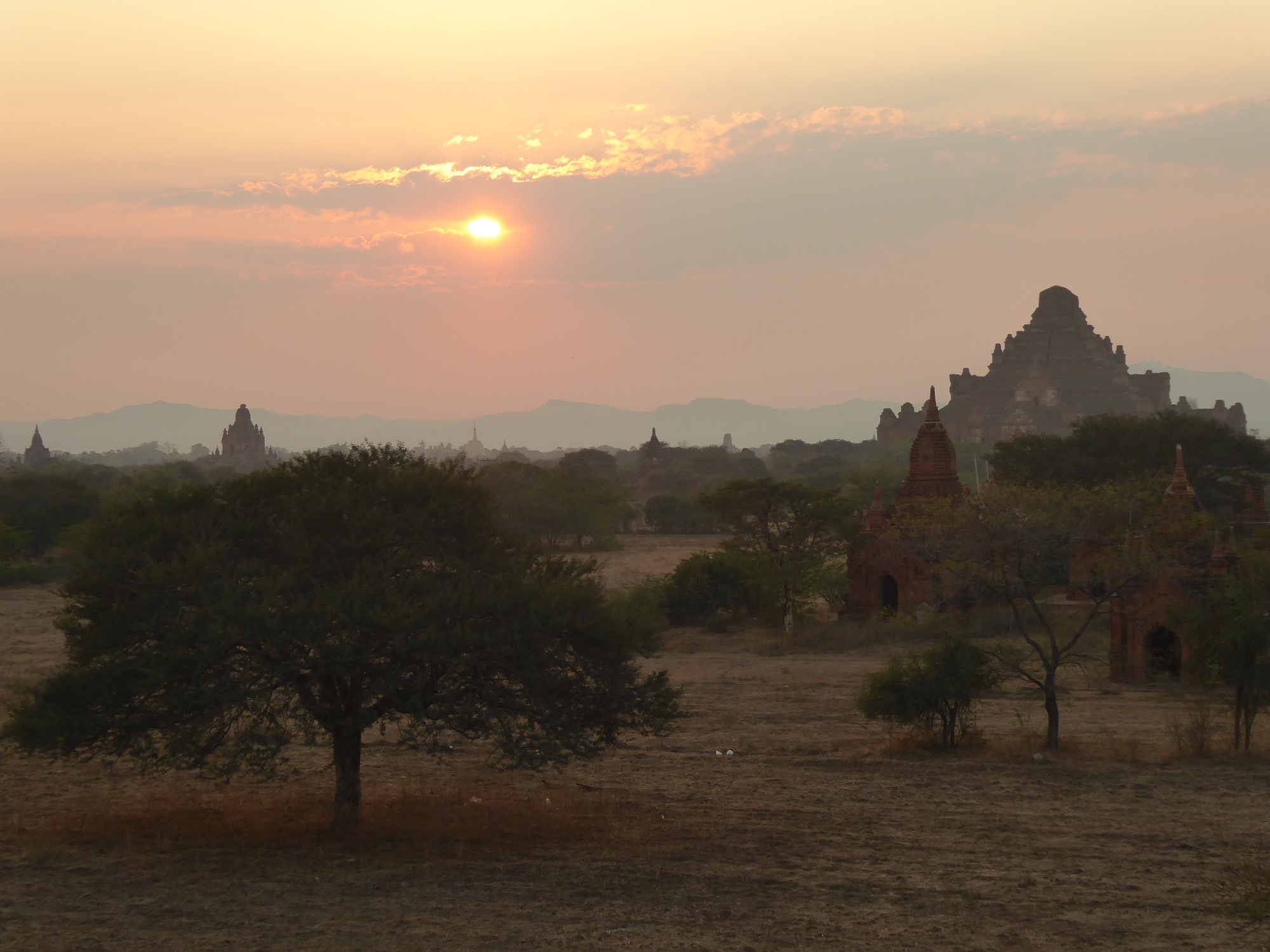
Despite various offers of guided tours, we opted to rent eBikes and explore the region ourselves using a good old fashioned map (and a bit of Google) for day one.
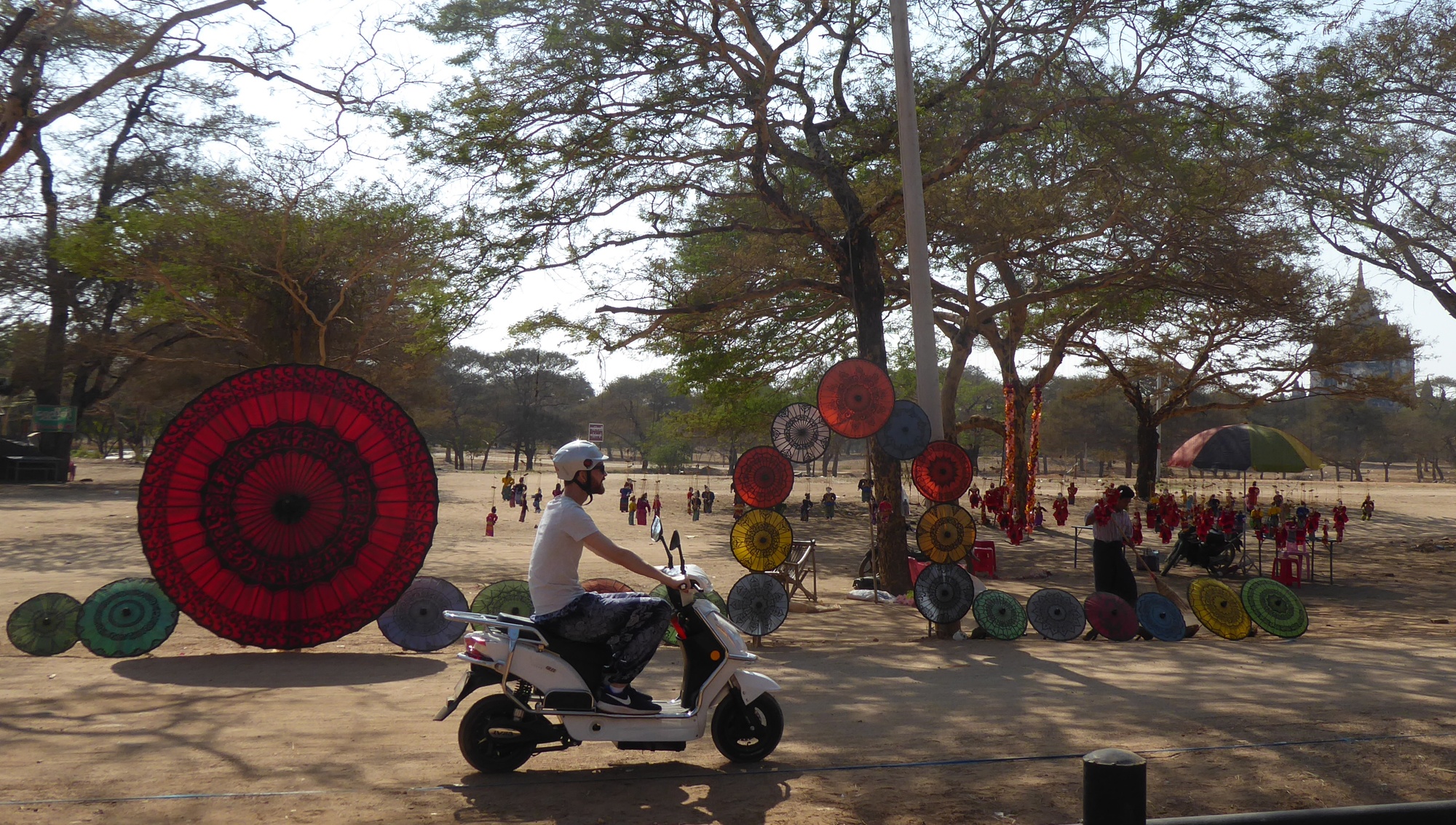
This approach was actually a lot of fun as it meant we could go at our own pace, choose our own route and appreciate the beautiful temples while avoiding the crowds. Plus the eBikes were basically electric scooters, which meant we could get around fairly fast and see plenty of landmarks!
In the wake of the coronavirus, Myanmar has stopped issuing visas on arrival to Chinese citizens, which has further impacted tourism as the Chinese typically make up the largest nationality of visitors. This has made the mid season feel like the low season according to many of our hosts. Not great for local businesses, but we really appreciated the extra solitude this gave us in such a sacred place.

Just about every pagoda housed at least one statue of Buddha, usually against a backdrop of beautiful (but fading) murals. It never got old exploring the intricate detail, as each building was different. Many of the larger temples had an enormous Buddha facing each compass direction, and often the walls were adorned with smaller Buddha statues as well.

Our second full day began in the air. After a friend’s recommendation and various glowing reviews online, we opted to take a sunrise hot air balloon flight over Old Bagan to gain an appreciation of the magnitude of the site. It’s hard to put the serenity into words, this was definitely a once in a lifetime sort of experience. From the air we could see hundreds of pagodas all densely packed between trees and sand tracks, as well as dozens of other hot air balloons floating in the distance. Really quite magical!
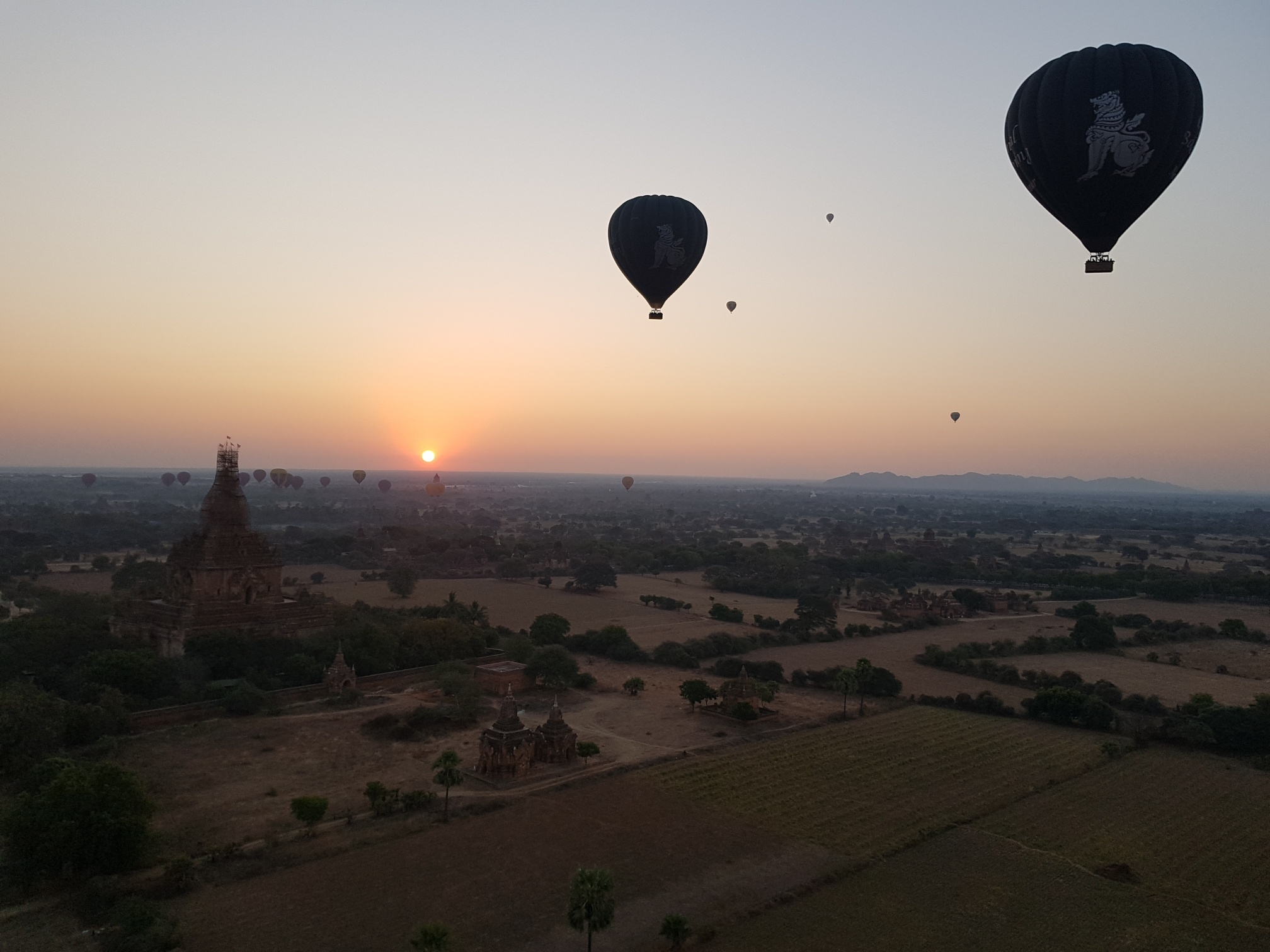
We certainly were very lucky, even our pilot was impressed by the conditions – he told us the weeks prior had been very hazy, with so little wind that some flights landed exactly where they took off, not really going over Bagan at all. In fact conditions were so good that we managed a solid 80 minute journey and even ended up being the last balloon in the air. The flight was much longer than our previous ballooning experience over the Peak District in the UK (which incidentally took over a year to book due to weather related cancellations).

Our pilot had completed approximately 2,000 flights before, many of these over Bagan, which allowed him to point out the more famous pagodas in between telling some fantastic stories. Most interestingly, he told us the story of the first untethered human flight, which took place on 21 November 1783 near Paris. As flying was completely novel, the King bestowed a bottle of champagne to the pilot, Jean-François Pilâtre de Rozier (the word Pilot is named after him). At the time champagne was not available to the general public, so this meant that when he landed (covered head to toe in soot from the smoke which was thought to give the balloon lift), he would be bearing champagne with the King’s Royal Seal. This should be just enough to convince the locals that the dusty, alien looking fellow who has just destroyed their field is not a demon after all! Clearly this went down very well indeed, as the tradition of champagne after a balloon flight still exists today.
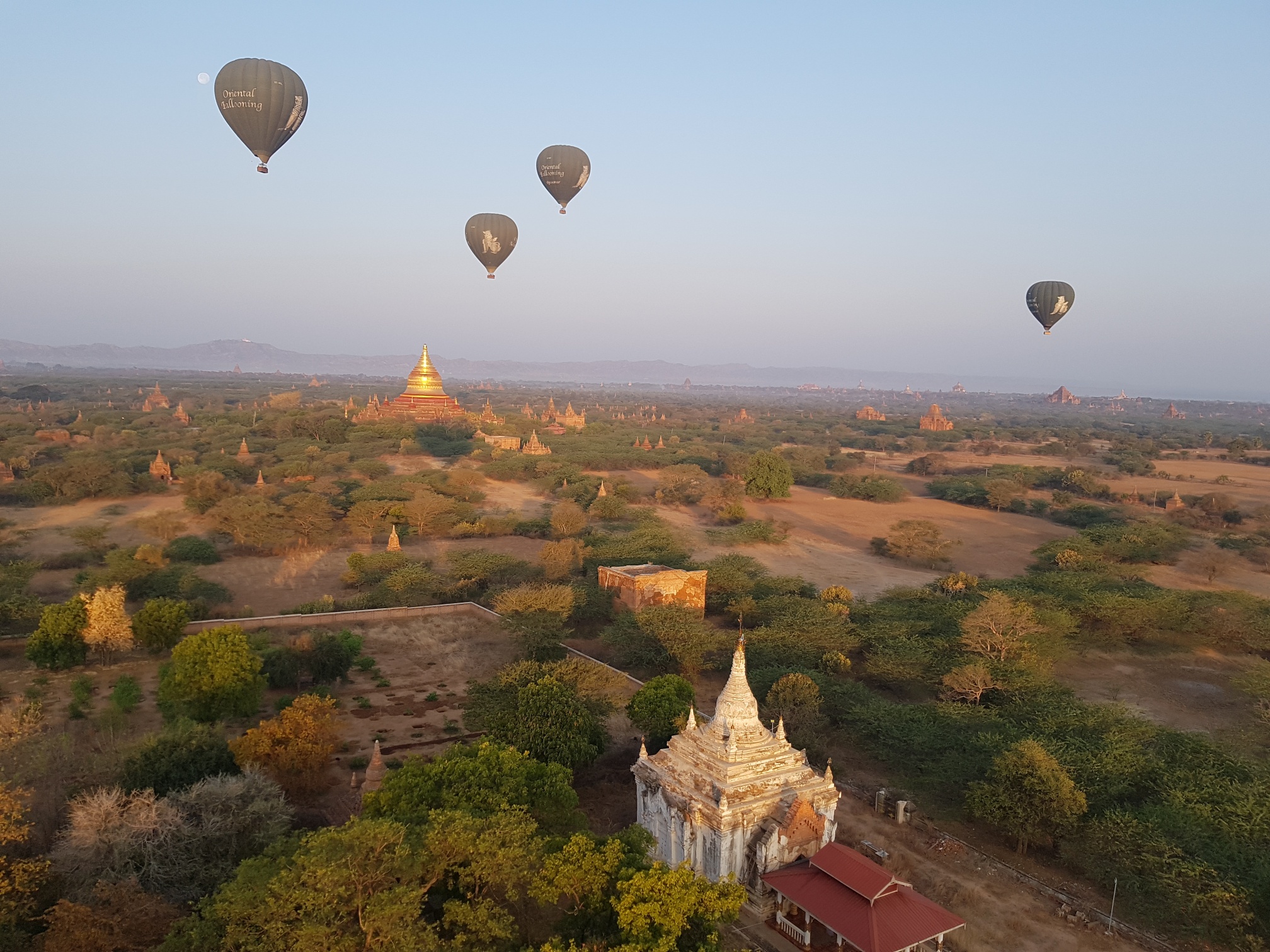
Stunning though it was, the bird’s eye view also highlighted the devastation that the 2016 earthquake had brought to the temples, and the hard work that was ongoing to restore the larger ones to their former glory.
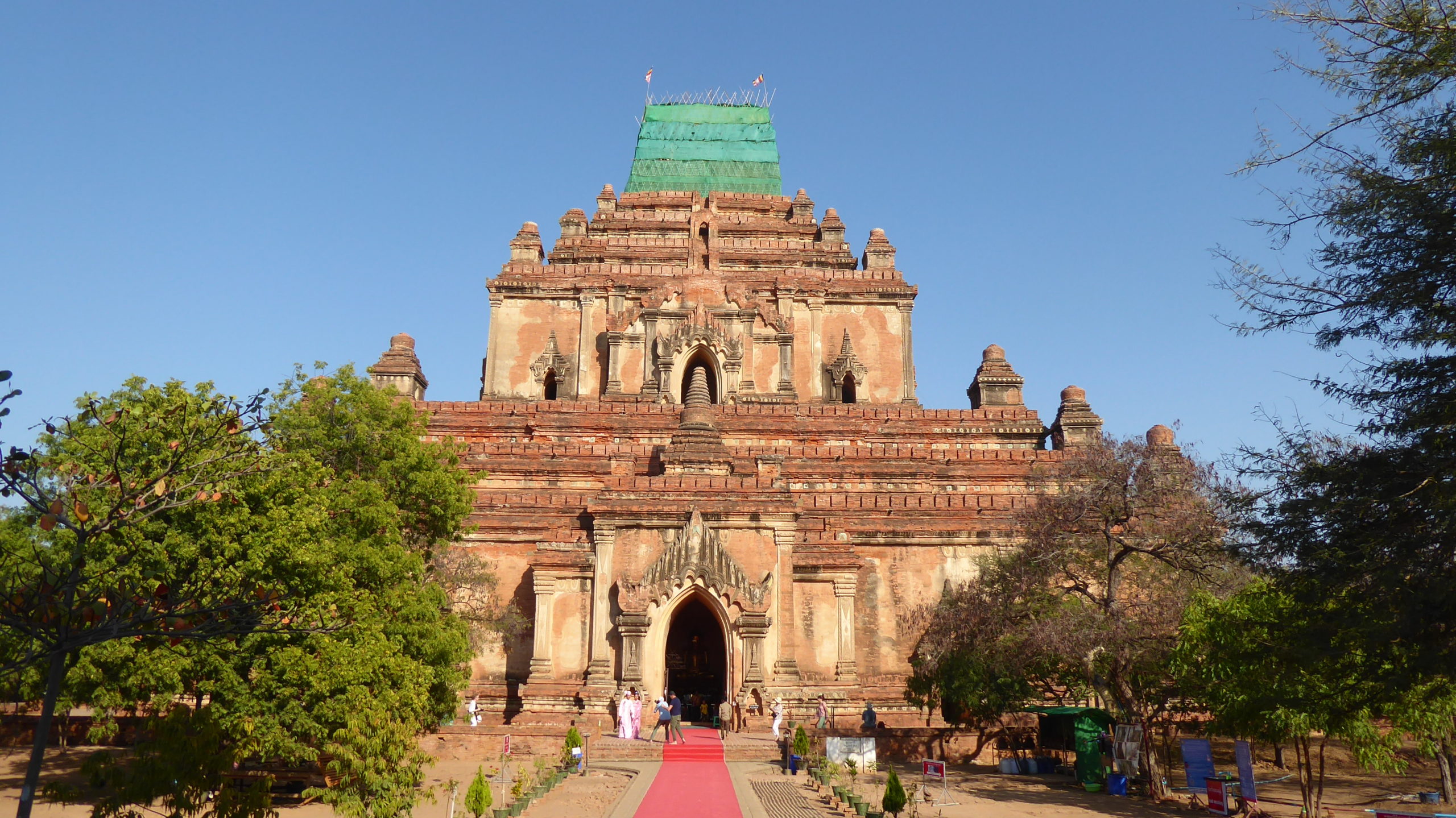
We spent our remaining two days in Bagan zipping around the dusty roads, exploring pagodas in much the same way as we did on day one. Except we were so impressed by the eBikes that we were happy to share one between us after experimenting on our first day. With a little assistance from the wind, we even managed to exceed 50km/h on a downhill section of road while overtaking a small lorry! Whoever said learning about history was boring!?

One final mention must go to the food we ate in Bagan. The numerous restaurants cater to all sorts of international cuisine, as well as local, and just about every dish we tried was absolutely delicious. Specifically, we ate mont hin gar (a Yangon dish of rice noodle soup with cat fish, egg and tempura), Shwe kyi (a local coconut semolina dessert), various Burmese curries and salads, some Thai dishes… And James couldn’t resist rounding it all off with a club sandwich at the aptly named Weather Spoons Restaurant on our last day. Though not officially part of the franchise, we have to say we prefer their menu, not to mention the hospitality of their staff and the prices.
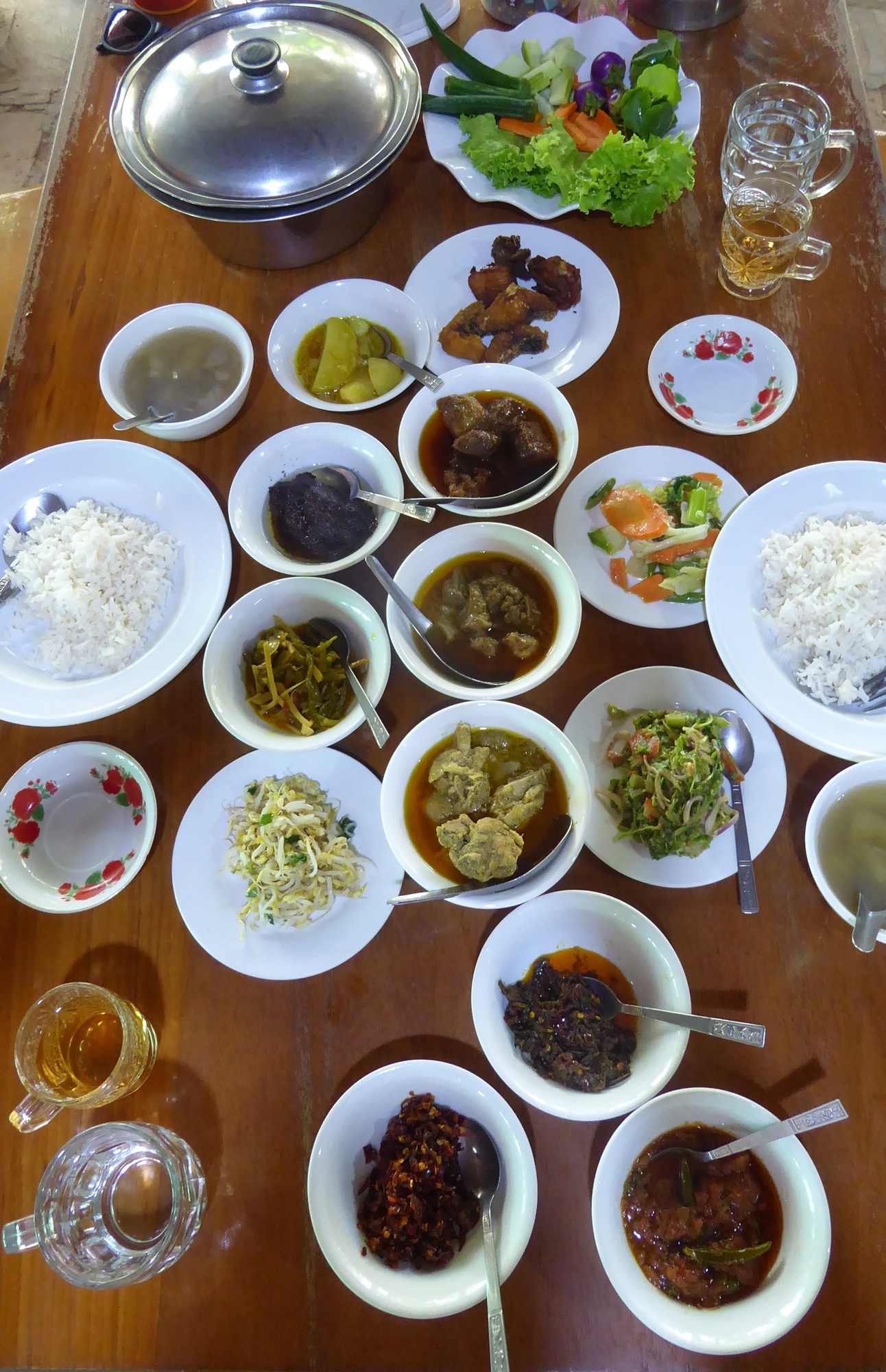
Bagan has quickly become one of our favourite travel destinations. We were sad to leave, but excited to explore new lands.


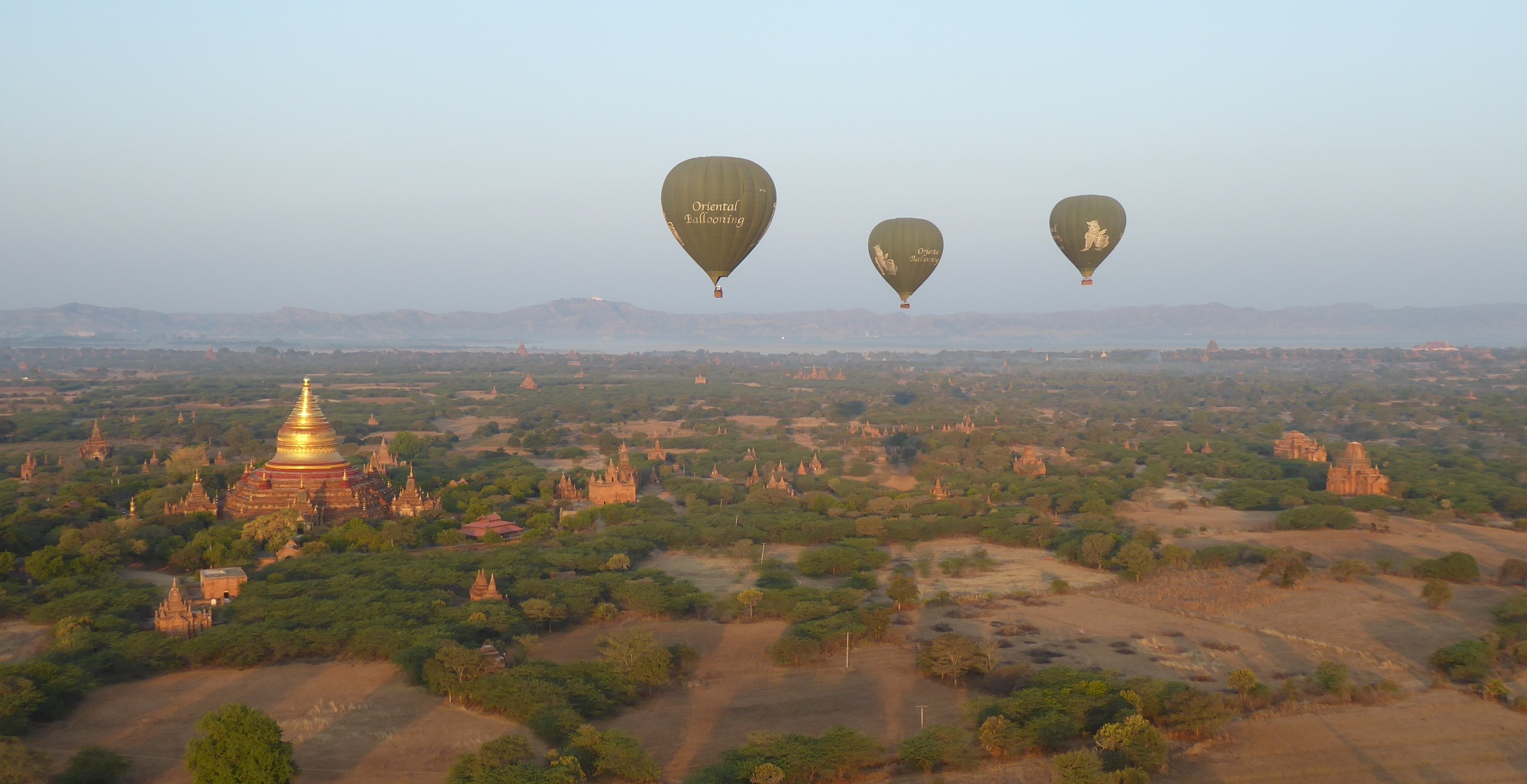





Just caught up with all your blog posts – looks amazing!! So jealous! You look like you’re really making the most of things.
Thanks Beth! So far things have been going swimmingly. Hopefully a good sign!